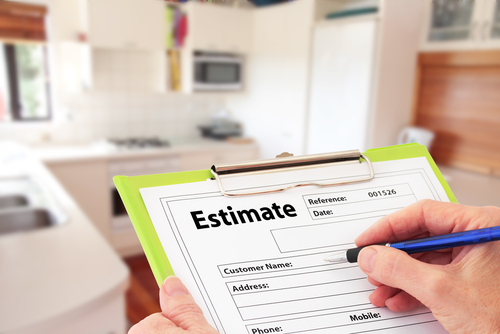In a subrogation case, what type of evidence is required to prove real property damages at trial? Many times, the only evidence of damages that is readily available is the property adjuster’s Xactimate estimate and testimony. As of late, this type of evidence is no longer sufficient. In McGinty v. Hennen, Texas Supreme Court held that the plaintiff must provide specific evidence that the cost to repair the damaged property was reasonable and necessary.
In Texas, the plaintiff can recover the reasonable and necessary costs to repair damaged real property, as long as there is not economic waste (i.e., the cost to rebuild the property does not exceed the value of the property). The plaintiff in McGinty alleged his house had developed mold due to water leaks from several construction defects. The plaintiff sued the builder for breach of the construction contract alleging that his damages were in excess of $600,000 for mold remediation and the repair work. The plaintiff presented two damages experts: a mold remediation expert and a local general contractor who had 30 years of experience. The Xactimate estimates from both experts were admitted as evidence. The defendant did not present any expert testimony challenging the amount of the plaintiff’s damages. During trial, the plaintiff’s experts testified regarding their estimated costs to rebuild and that the Xactimate prices were within 1%-2% of the costs in Corpus Christi. However, neither expert gave an opinion that the repairs were necessary or that the costs were reasonable. In fact, the experts never said the words “reasonable and necessary.” Defendant appealed on grounds that there was no evidence that the cost to repair was reasonable and necessary.
The 14th Court of Appeals in Houston held that although the plaintiff’s experts did not opine that the costs were reasonable and necessary, there was sufficient evidence (the estimates and testimony) to support the jury’s finding that the costs were reasonable and necessary. The Texas Supreme Court disagreed. The Court stated that the legal standard for damages is reasonable and necessary. The plaintiff’s experts merely explained their process for arriving at the cost to repair the house by using the Xactimate program, researching local material and relying on information from previous jobs. They did not provide evidence that these costs were reasonable and necessary. Without some other evidence that the costs were reasonable and necessary (the Court referenced using competitive bids), there simply was no evidence to support the plaintiff’s damages.
 Therefore, how does one prove property damages in Texas? The Court did not list what types of evidence is sufficient to prove that the damages were “reasonable and necessary,” but the opinion referenced those terms on numerous occasions. Reading between the lines, a damages expert should be prepared to testify that each element of damage is “reasonable and necessary.” Further, it is necessary to meet with your damages expert early on—be it an adjuster or building consultant—to specifically identify all the information that the expert relied upon to arrive at his/her estimate. If it is only an Xactimate estimate, that may not be sufficient evidence.
Therefore, how does one prove property damages in Texas? The Court did not list what types of evidence is sufficient to prove that the damages were “reasonable and necessary,” but the opinion referenced those terms on numerous occasions. Reading between the lines, a damages expert should be prepared to testify that each element of damage is “reasonable and necessary.” Further, it is necessary to meet with your damages expert early on—be it an adjuster or building consultant—to specifically identify all the information that the expert relied upon to arrive at his/her estimate. If it is only an Xactimate estimate, that may not be sufficient evidence.



